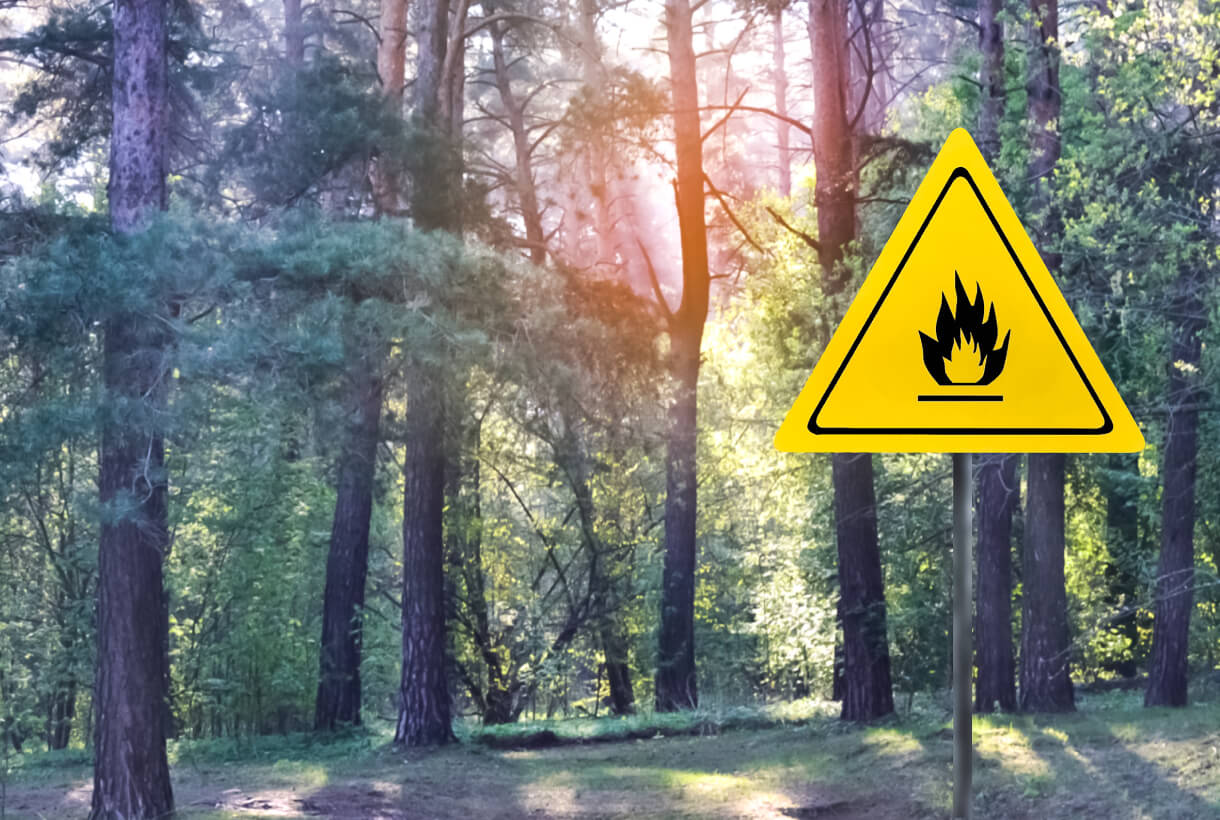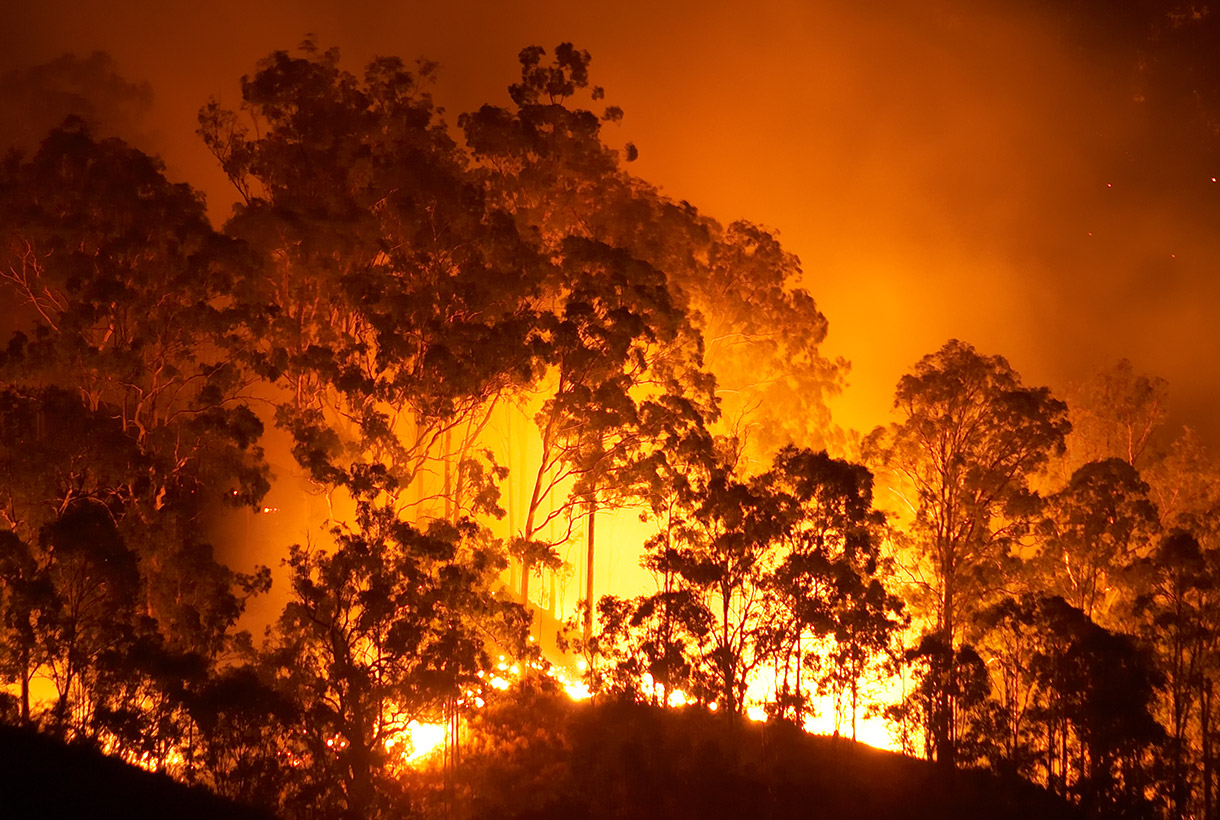May is National Wildfire Awareness Month, and the perfect time to turn up the heat on wildfire preparation.
A wildfire can break out with little warning, and when it does, it can move fast and consume everything in its path. The result can be widespread, long-term damage in the form of lost human lives, homes and businesses. Without a fire response strategy in place and technology to support it, your people and operations are at risk.
The good news is that a proactive approach combined with the right crisis management technology can help mitigate risk and accelerate response and recovery.
Here's a short checklist as a refresher:
1. Know Which Way the Wind is Blowing
Overall, extreme weather poses a rising threat to communities around the country. In 2023, there were 28 separate billion-dollar natural disasters in the U.S. alone. Wildfires are included in that number, and their consequences can be severe for communities and businesses. Wildfires can have far-reaching, unexpected impacts as well; fifty-nine percent of U.S. air pollution reports during the first half of 2023 occurred in June, showing the geographical scope of the Canadian wildfires last year.
The first step to preventing those consequences is cultivating awareness. Businesses should read through community, county and state wildfire plans, public documents that are usually accessible online. Technology that can identify risks in advance to the area you’re in and provide real-time updates when a wildfire starts helps send early warnings.
Once a fire has started, real-time visibility enables first responders and community leaders to assess the big picture and adjust tactics accordingly. The platform should provide a steady stream of actionable intelligence to enable better decisions as the situation unfolds.
2. Practice Sending Your “Smoke Signals”
Given the fact that wildfires spread so quickly, it’s vital to have a tested system for sending alerts. When flames light, you need to reach everyone immediately.
Templates and contact groups should be prepared in advance, so messages are ready to go at a moment’s notice. A mass notification system with these options, as well as geo-targeted alerting, will ensure you can reach everyone in the wildfire’s path with just a few clicks. Businesses and agencies can provide employees with valuable information on closings, evacuations, road closures, detours and alternate travel routes, as well as conduct outreach to ensure they’re safe and don’t require assistance.
By familiarizing your staff and residents with the technology ahead of time, you can better prepare them to use it under stress. A system that keeps everyone connected and informed will also help them remain calm and take the appropriate steps to protect themselves.
Elevate Your Wildfire Preparedness
Improve your wildfire preparedness with expert tips and resources.
3. Prepare People to Properly Respond
Businesses need to stay in-step with local law enforcement (and vice versa) to make sure people stay informed and safe. When a wildfire breaks out, firefighters and business leaders need the ability to collaborate and communicate in real time with their teams. The ability to mobilize responders or activate crisis response teams quickly is critical.
Response and evacuation plans can be easily shared and accessed on different devices, and alert senders can communicate two-ways with recipients to evaluate their position and adjust instructions as the event unfolds. Real-time analytics provide actionable information leaders can use to make fast decisions to ensure people's safety.
Organizations should also be conducting exercises to test their incident management procedures and the technology that supports it. Taking these steps ahead of time will help eliminate delays should a real wildfire occur and identify any gaps in response that need to be addressed.
4. Know That Recovery Requires Staying the Course
When the smoke clears, recovery efforts will be ongoing. This can be an equally risky time for communities. Damage to homes and businesses, local road closures and utility interruptions are common challenges.
Keeping residents and employees updated can alleviate stress and prevent them from returning home before it’s safe. Once that time comes, they’ll need resources and guidance to recover belongings, make repairs, get children back to school and return to work.
Responding to wildfires is a communal effort. The right technology can make it easier and more impactful. A platform to support responding to physical threats makes it easy to keep residents, businesses and other community stakeholders informed on progress. It’s all part of speeding recovery and increasing resilience.
To learn more, download the Wildfire Preparedness Kit from OnSolve.


